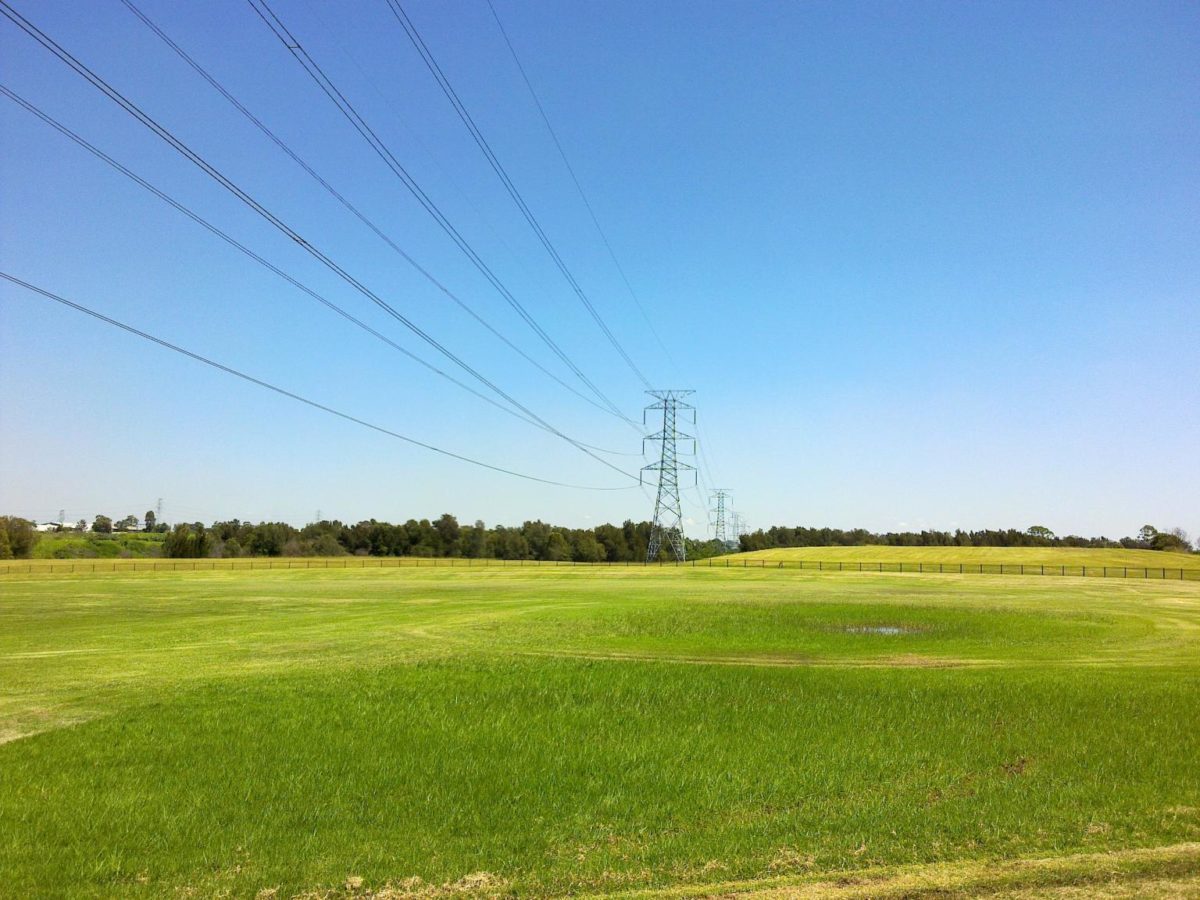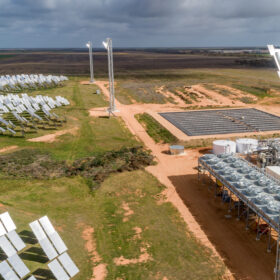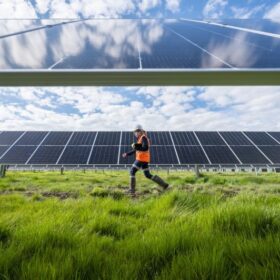In April 2019, the Australian Energy Market Commission (AEMC) began to streamline processes for three priority transmission upgrades necessary for its Integrated System Plan (ISP). These upgrades include the interconnection between New South Wales and Victoria (VNI), the construction of the 800 MW NSW to South Australia Interconnector, and the Queensland and New South Wales Interconnector (QNI).
This week, the Australian Energy Regulator (AER) announced its approval of the final phase of the QNI regulatory process, a move it says will help to ease the pressure of energy bill increases on NSW businesses and households with the close of the coal-fired Liddell Power Station.
AER Chair Clare Savage believes, “Consumers will get value for money from this investment, including wholesale market cost savings.” And this is despite the Regulator’s determination that TransGrid will be able to cover the $218 million in capital costs it will require to deliver the QNI upgrade from its customers.
However, this ‘retrieval’ from customers is thought to be only a short-term inconvenience. AER’s decision to allow TransGrid to retrieve an additional $28.2 million from customers between 2021-2023 amounts to an annual increase of 1.7%, an estimated increase of $2 per year on customer’s energy bills.
Such an increase is certainly sustainable in order to upgrade the outdated transmission network that is hindering the flow of renewable energy into the grid, and in turn, hindering the downward pressure on wholesale prices provided by renewables. Indeed the AER estimates the investment will deliver $170 million in net benefits to consumers and producers of electricity through its support to the energy transition. Savage suggests the cost of the investment will be exceeded by its benefits within seven years.
Along with upgrades to substations, transmission lines and towers, the upgrade will also see the installation of static volt amp reactive compensators (SVCs), which provide the system with providing greater voltage stability.
The AER’s final approval was for the Regulatory Investment Test, a RIT-T cost-benefit assessment which occurred in March. “We tested the reasonableness of TransGrid and Powerlink’s inputs and assumptions across a range of scenarios and found that the project is robust and will deliver a net economic benefit to Australian energy consumers,’ said Savage.
TransGrid CEO Paul Italiano greeted the AER approval warmly and looks forward to the commencement of on-site construction in May. “While early works have been underway since October last year, we are looking forward to breaking ground on the civil construction work in coming weeks and delivering this project in time.”
The ISP and its necessary upgrades is toward the goal of loosening the gridlock resultant from an outdated NEM and the Brave New World of renewable energy. Each of the three interconnection upgrades is supposed to increase the capacity for the bidirectional flow of energy across state lines.
This content is protected by copyright and may not be reused. If you want to cooperate with us and would like to reuse some of our content, please contact: editors@pv-magazine.com.








1 comment
By submitting this form you agree to pv magazine using your data for the purposes of publishing your comment.
Your personal data will only be disclosed or otherwise transmitted to third parties for the purposes of spam filtering or if this is necessary for technical maintenance of the website. Any other transfer to third parties will not take place unless this is justified on the basis of applicable data protection regulations or if pv magazine is legally obliged to do so.
You may revoke this consent at any time with effect for the future, in which case your personal data will be deleted immediately. Otherwise, your data will be deleted if pv magazine has processed your request or the purpose of data storage is fulfilled.
Further information on data privacy can be found in our Data Protection Policy.